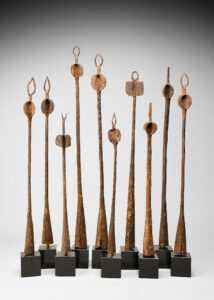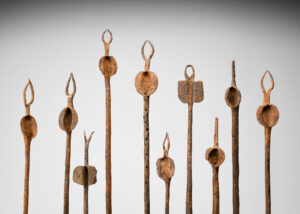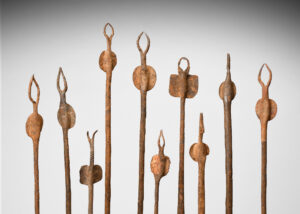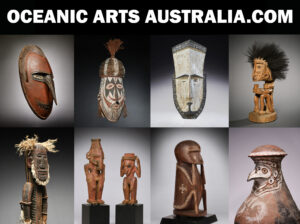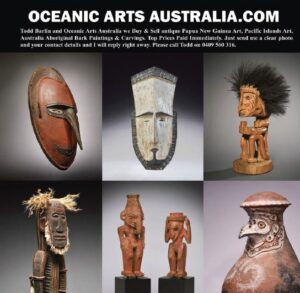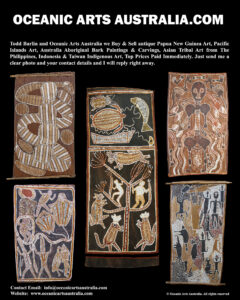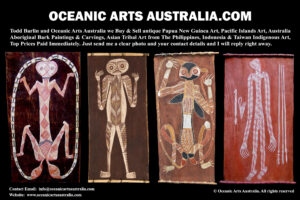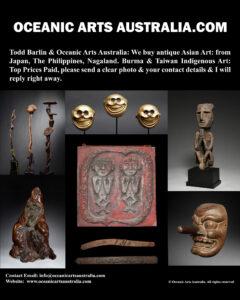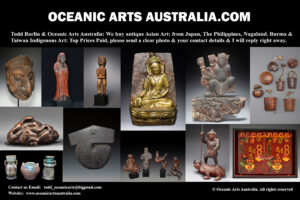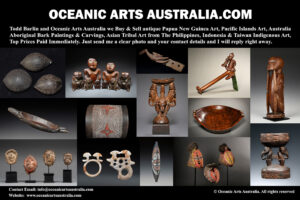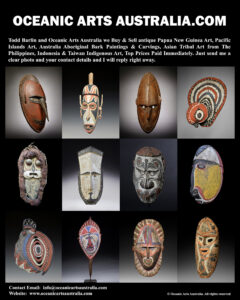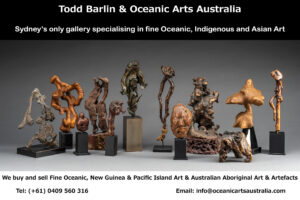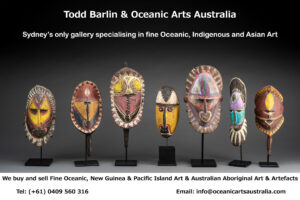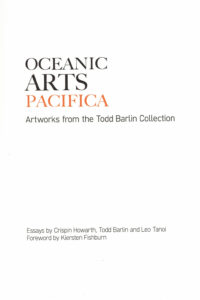A Superb Collection of antique Kòmò Iron Trumpets Bambara People Mali West Africa
| Collection No. | Iron Trumpets Bambara People Mali West Africa |
|---|---|
| Size | 44cm to 67cm |
A Superb Collection of ten antique Kòmò Iron Trumpets Bambara People Mali West Africa dating from the 19th Century
This type of Komo trumpet is blown from the side, rather than the tip. The player may produce different notes on the trumpet. This is a “Lip-vibrated Aerophone” which was originally made from animal horns or seashells with a conical bore. The lips are buzzed in an aperture in a hole in the side, to produce the sound.
These elegant form Kòmò Trumpets are cylindrical and tapering from the Antelope Head finial to the funnel-shaped bottom. The Antelope Head finial is likely related to the famous Bambara mythical being named Ci Wara & is also the name of the antelope headdresses that collectors highly seek due to the refined elegant aesthetics, Ci wara headdresses combine antelope features with those of other animals that are significant within Bamana culture,
Among the Bambara, oral traditions credit a mythical being named Ci Wara, a divine being half mortal and half animal, with the introduction of agriculture to the Bambara. These headdresses, also called Ci Wara, are carved to honour that original mythical being. Under Ci Wara’s guidance, humans first learned to cultivate the land and became prosperous and able farmers. When humans gradually became careless and wasteful, however, Ci Wara is said to have buried himself in the earth. To honour Ci Wara’s memory, the Bambara created a boli, a power object in which his spirit could reside, and carved headdresses such as these to represent him.
Kòmò trumpets, like other instruments in the region, are made using blacksmith tools. These are rare & I could only find two examples.
Forged by a skilled blacksmith, the Trumpets were usually made from several pieces of iron filled with an active energy ‘nyama’. Trumpets often received offerings of millet, water, or beer, which were poured over them during ceremonies which lead to heavy rusting like these showing their age & ceremonial use.
Blacksmiths are greatly respected within their community for the special knowledge and technical skills that allow them to use fire, water, and air to transform iron ore into tools and weapons. Ironworking is considered a hazardous profession,one that requires courage and extraordinary abilities to manage the potentially destructive spiritual forces released during the process. Blacksmiths are therefore uniquely qualified to create
This Malian trumpet is associated with Kòmò societies of Numulu, or blacksmiths, in the Mandé region of West Africa. Mandé refers to the geographical shadow of the Mandé empire (1235-1469 A.D.), including present-day Mali, Senegal, Guinea, Guinea-Bissau, and the Gambia. Kòmò societies traditionally carry out sensitive rituals, such as circumcisions and excisions, across ethnic groups in the region. As a result, these societies and their practices are often shrouded in secrecy.
Kòmò rituals, such as masquerades, among others that employ Kòmò trumpets, have progressively waned since the onset of Islam, which began to take hold in the Mandé region in the tenth century. These traditions have nevertheless endured among the Bambara people of Mali,
The sounds of iron, by the spiritual and supernatural potencies attributed to the metal itself, are sometimes equated with voices from ancestral realms. Instruments are kept in the treasuries of chiefs; held in the hands of ritual experts such as diviners; and used at occasions marking social transitions such as initiation, marriage, and funerals. Such sonorous iron instruments contribute to more than just an evening’s entertainment—they often serve as vehicles linking the forge to the community, ancestors, and divinity itself.
Provenance: Allen Christensen Collection (1908-1981) Christensen’s diverse and rapidly expanding collections were primarily from the geographic regions of Africa and the Pacific Rim – Australia, Oceania, Melanesia, and South, Southeast, and East Asia. By Allen Christensen’s death in 1989, The Christensen Fund owned approximately 35,000 objects, most of these on loan at various museums in the United States and Australia. Between 1991 and 2001 the Fund donated all of its collections to museums and institutions around the world
Sotheby’s, Sydney, October 27-28, 1996 Allen D. Christensen Fund Collection
The Todd Barlin Collection of African & Oceanic Art
See my new EXHIBITIONS GALLERY showing the Museums and Art Galleries Exhibitions that I provided artworks for over the past 40 years. There is the link to the article about my artworks published in the prestigious Louvre Magazine in 1996
I have artwork for Museums and art Galleries but also for collectors at every stage of their collecting. I want to encourage people to explore the fine art of New Guinea & West Papua and the Pacific Islands and to be able to see and touch the artworks in a relaxed and friendly manner in my Sydney Gallery. I would like to invite you to visit my gallery and see the artworks in person and also look at my website www.oceanicartsaustralia.com where there are many Galleries & Sub Galleries to explore.
My Gallery of nearly 40 years is the last physical gallery in Sydney that specializes in New Guinea and Oceanic Art. Sydney is very close to New Guinea & the Pacific Islands where all of these amazing artworks came from, Australia’s closest neighbours.
To see many more rare items and the finest masterpieces, please make an appointment with us to visit the gallery.
For all inquiries, please contact us

